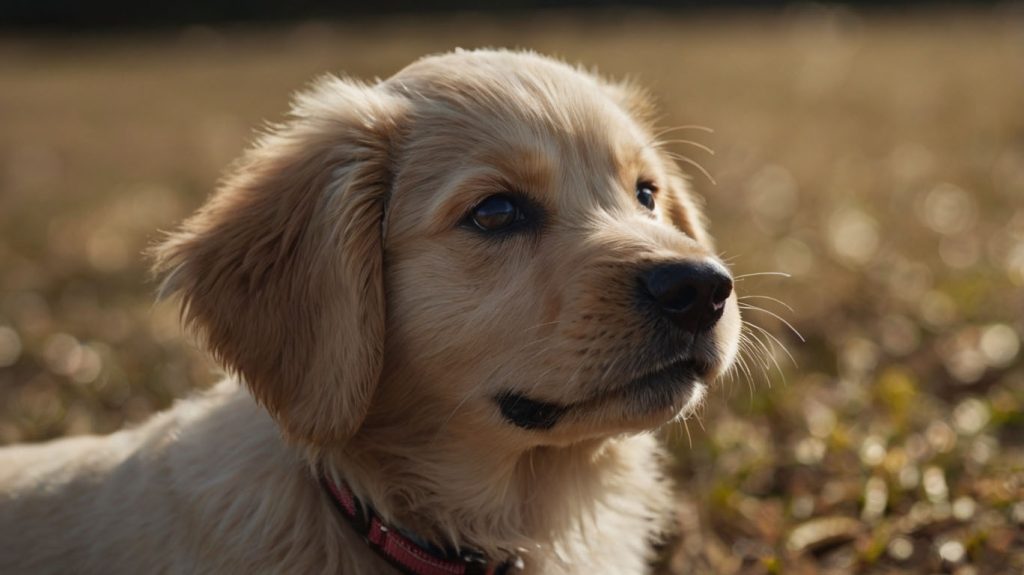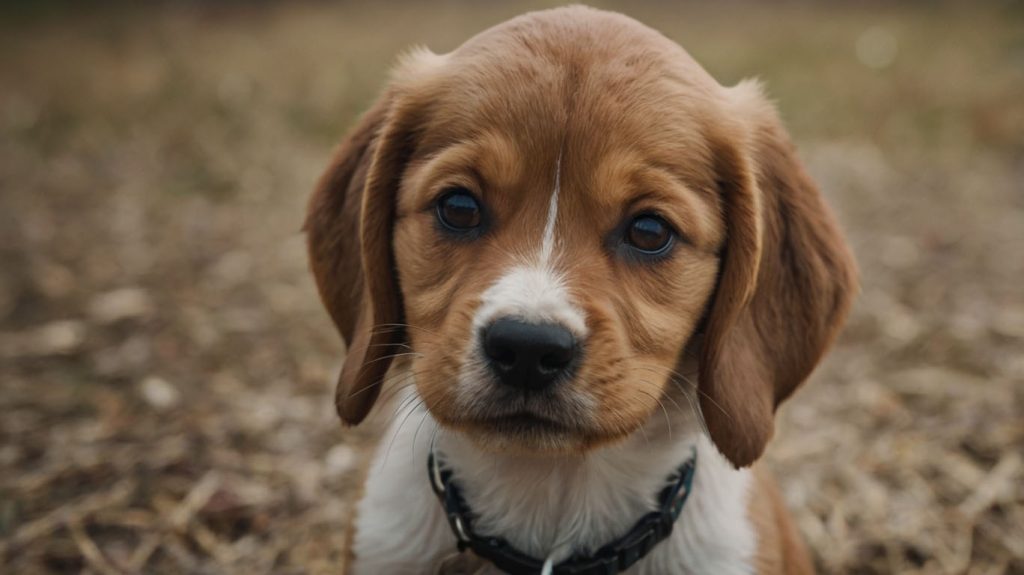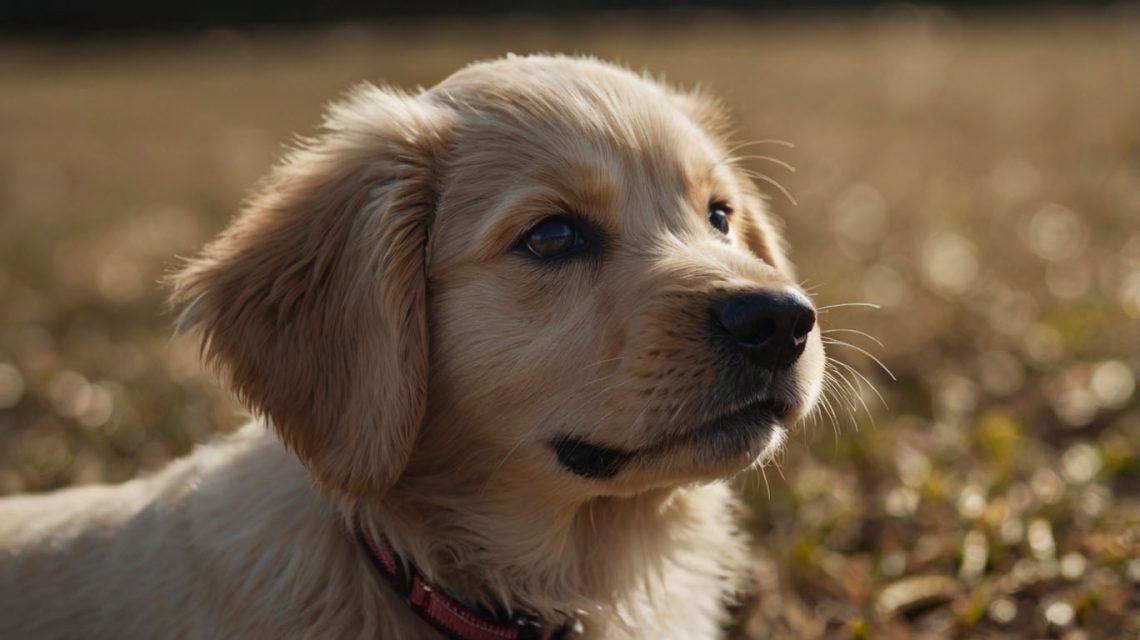Bringing home a puppy is exciting—but soon, that adorable ball of fur starts barking at shadows, chewing your shoes, and peeing on the rug. Sound familiar? These aren’t random acts of rebellion; they’re part of normal puppy behavior development.
Understanding what drives your puppy’s actions is the first step toward shaping good habits. In this article, we’ll explore real-life scenarios, practical tips, and science-backed strategies to help you decode and manage your puppy’s behavior like a pro.
Let’s begin with a true-to-life story that highlights how fast a behavior problem can spiral—unless addressed early.
Storytime: How Rocky’s Puppy Behavior Almost Broke the Home
When 9-week-old Rocky, a Labrador pup, came into the Thompson family’s home, they were smitten. But within a few days, he was nipping at ankles, chewing walls, and howling through the night. Sleep-deprived and stressed, the Thompsons debated returning him to the breeder.
Instead, they consulted a certified trainer who explained that Rocky’s actions were normal puppy behavior—but without direction, those behaviors would worsen. With consistent training, redirection techniques, and structured play, Rocky’s habits began to change. Three months later, he was crate-trained, bite-inhibited, and peacefully coexisting with their toddler.
Rocky’s transformation proves that puppy behavior isn’t something to fear—it’s something to understand and guide.

Why Puppy Behavior Matters in the Long Run
Every bark, bite, or zoomie is a message. Puppies are like toddlers: curious, emotional, and driven by instinct. Misreading their behavior can lead to confusion, frustration, and long-term behavioral issues.
What Shapes Puppy Behavior?
- Breed tendencies (herding, guarding, retrieving)
- Early socialization or lack thereof
- Health and diet
- Environment and routine
By recognizing these factors, you can adapt your training style to support your puppy’s emotional and behavioral growth.
Common Puppy Behavior Problems (And Their Solutions)
Let’s break down the most typical puppy behavior challenges and how to respond to them.
1. Nipping and Biting
Puppies explore the world with their mouths. While it’s normal, it can become painful.
Solution:
Redirect to chew toys. Use a consistent “ouch” or yelp to mimic littermate responses. Stop play briefly to signal the bite was too hard.
2. Jumping on People
Excited greetings often result in jumps.
Solution:
Ignore the jumping. Reward sitting calmly. Ask guests to turn away until all four paws are on the floor.
3. Chewing Furniture
Teething is a major trigger, especially from 3 to 6 months.
Solution:
Provide frozen chew toys. Supervise closely and use bitter sprays on furniture. Confine when unsupervised.
4. Barking at Everything
Alert barking or boredom barking are both normal forms of puppy behavior, but they can get excessive.
Solution:
Teach a “quiet” cue. Address the root cause—boredom, fear, or overstimulation. Increase exercise and mental enrichment.
5. Digging
Some puppies dig for fun, others to escape.
Solution:
Create a “legal” dig zone. Use sandboxes or loose dirt areas. Redirect digging to that space.
Understanding the Stages of Puppy Behavior Development
Just like kids, puppies grow through phases. Knowing what to expect at each stage prepares you for smoother transitions.
| Age Range | Behavioral Phase | Key Traits and Focus |
|---|---|---|
| 3–7 weeks | Socialization with littermates | Bite inhibition, interaction, bonding |
| 8–12 weeks | First home experience | Fear periods begin, needs routine & structure |
| 3–6 months | Teething and testing | Increased chewing, independence, nipping |
| 6–12 months | Adolescence | Selective listening, impulse control drops |
| 12–18 months | Maturity | Settling into habits, refining obedience |
During each phase, adjusting training methods is crucial to success.

Positive Reinforcement and Puppy Behavior Shaping
Rewarding good puppy behavior is more effective than punishing bad behavior. Dogs repeat what works.
Key Principles of Positive Reinforcement
- Timing matters: Reward the exact moment your puppy does the right thing.
- Use high-value treats: Especially for difficult or new behaviors.
- Be consistent: Everyone in the home should use the same commands.
- End on a high note: Finish training sessions with success, not failure.
Positive reinforcement turns training into a game your puppy wants to win.
Case Study: Daisy the Doodle Learns Calmness Through Routine
Daisy, a Goldendoodle, was described as “bouncing off the walls.” Her owners had tried punishment-based techniques that only made her more anxious.
They shifted to a structure of daily training, puzzle toys, and clear praise for calm behavior. Within four weeks, Daisy began offering sits for attention and settled during family dinners.
By changing how they reacted to puppy behavior, Daisy’s family unlocked her potential without fear-based methods.
Training Tools That Help Guide Puppy Behavior
You don’t need gadgets to succeed, but a few key tools make a big difference:
| Tool | Purpose |
|---|---|
| Clicker | Pinpoints exact behavior being rewarded |
| Crate | Helps with house training and independence |
| Baby gate | Blocks unsafe zones or sets boundaries |
| Chew toys | Satisfy teething urges and reduce chewing issues |
| Treat pouch | Keeps rewards handy during training sessions |
Keep tools positive and use them consistently for best results.
FAQs About Puppy Behavior
Is biting normal puppy behavior?
Yes. Puppies bite as part of teething and play. Redirection and consistent training reduce it.
When will my puppy calm down?
Usually around 12–18 months, but breed and training matter. Regular mental and physical exercise speeds the process.
What causes aggressive puppy behavior?
Often fear, frustration, or lack of socialization—not true aggression. Address early with a trainer if needed.
Can I train my puppy at home without a class?
Absolutely! Consistency, positive reinforcement, and patience go a long way.
How do I stop barking?
Teach a “quiet” cue and reward silence. Avoid yelling—it sounds like barking to your pup.
Why does my puppy misbehave even after training?
Training takes time. Regression is normal, especially during adolescence. Stay consistent.
Conclusion: Puppy Behavior Is a Journey, Not a Destination
Raising a puppy is full of highs and lows. But every zoomie, bark, and nibble has meaning. When you understand the why behind puppy behavior, you can respond with compassion and consistency—not frustration.
The good news? Puppies are fast learners. With structure, patience, and positive reinforcement, they’ll grow into calm, obedient, and happy dogs. The time you invest today will reward you for a lifetime.


